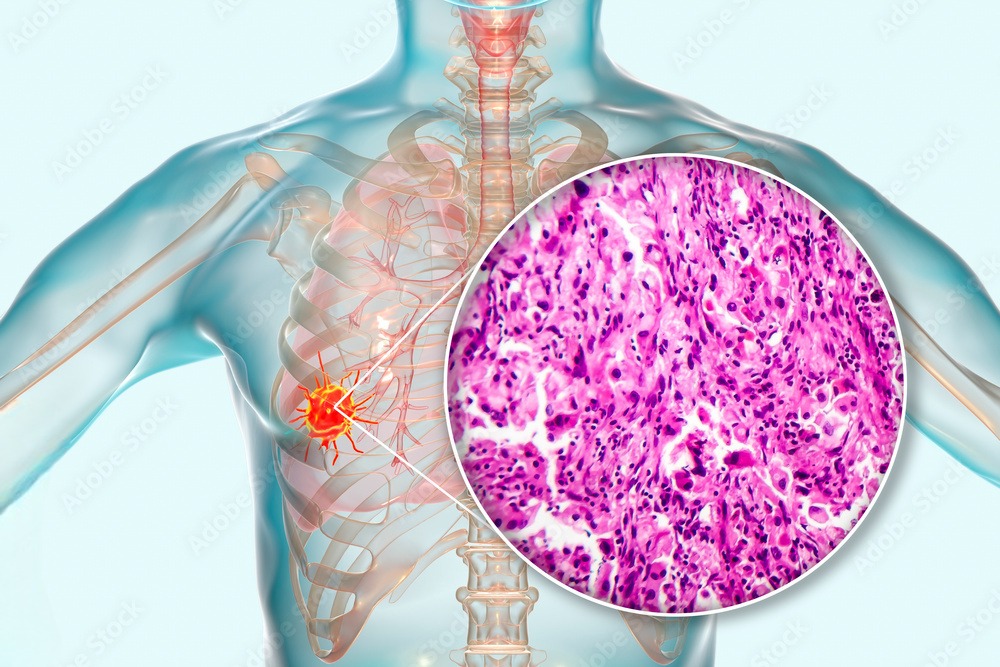The World Health Organization’s cancer agency, the International Agency for Research on Cancer (IARC), issued a warning on Thursday that the number of new cancer cases is projected to surpass 35 million in 2050. This estimate represents a significant 77% increase from the approximately 20 million cases diagnosed in 2022. The IARC identified key factors contributing to this rise, including tobacco use, alcohol consumption, obesity, and air pollution.
According to the statement released by the IARC, the growing global cancer burden is a result of both population aging and growth, as well as changes in people’s exposure to risk factors associated with socioeconomic development. Notably, tobacco, alcohol, and obesity were highlighted as major factors contributing to the rising incidence of cancer, with air pollution continuing to be a significant environmental risk factor.
The most developed countries are expected to experience the greatest increases in cancer cases, with an additional 4.8 million new cases predicted in 2050 compared to 2022 estimates. However, when considering percentages, countries with lower Human Development Index (HDI) rankings, as defined by the United Nations, are anticipated to see the most significant proportional increase, up by 142%. Countries in the medium HDI range are projected to experience a 99% increase.
Freddie Bray, head of the cancer surveillance branch at IARC, emphasized that the impact of this surge in cancer cases will not be uniform across countries with different HDI levels. He noted that those with fewer resources to manage the increased cancer burden will bear the brunt of this global health challenge.















































